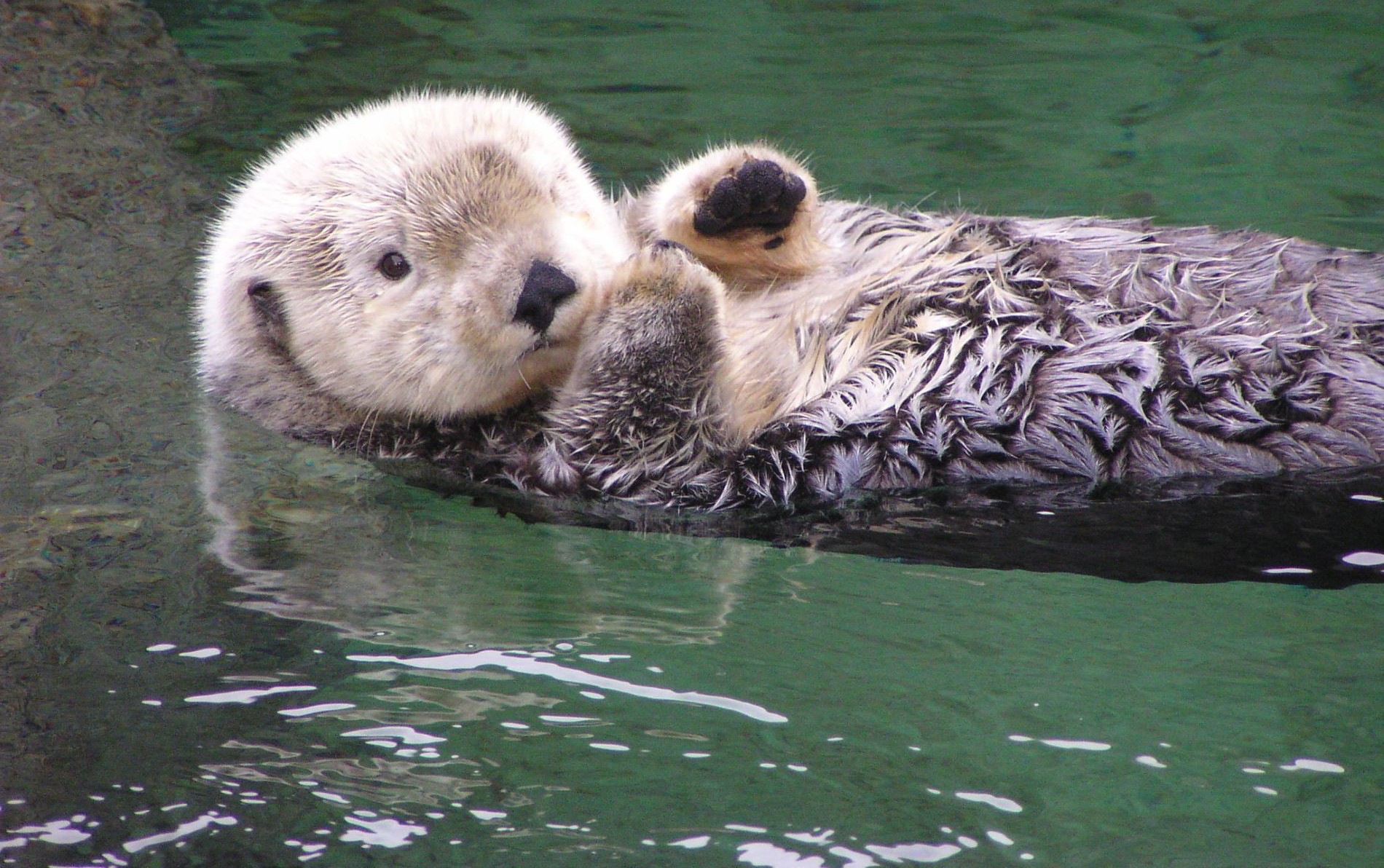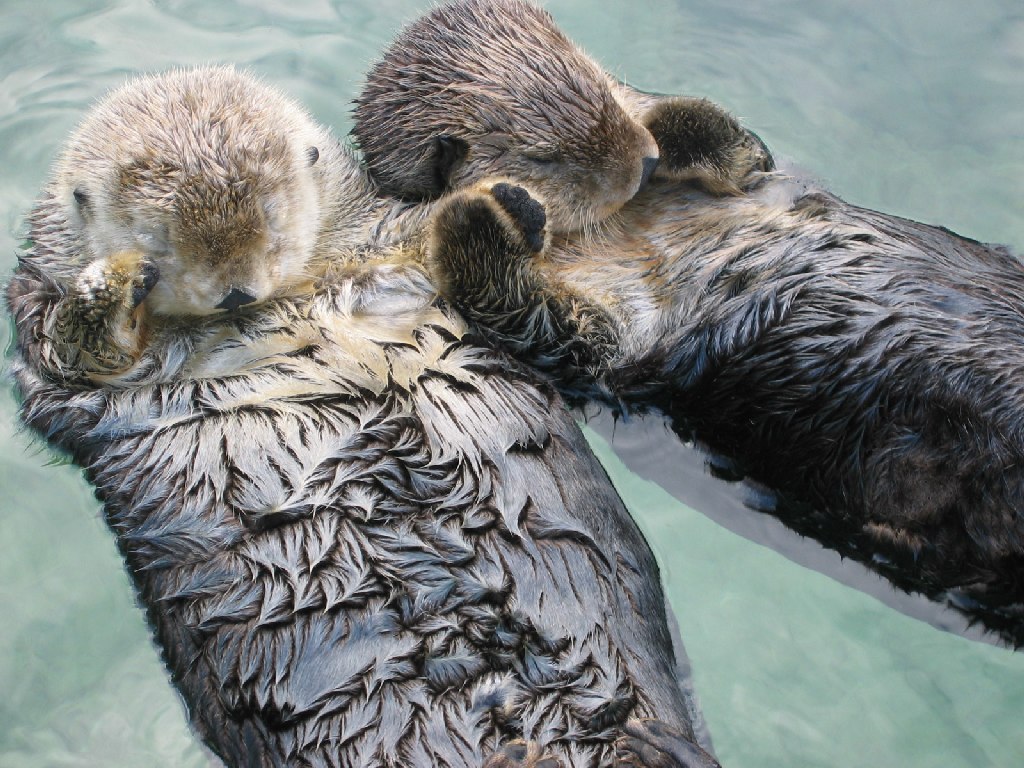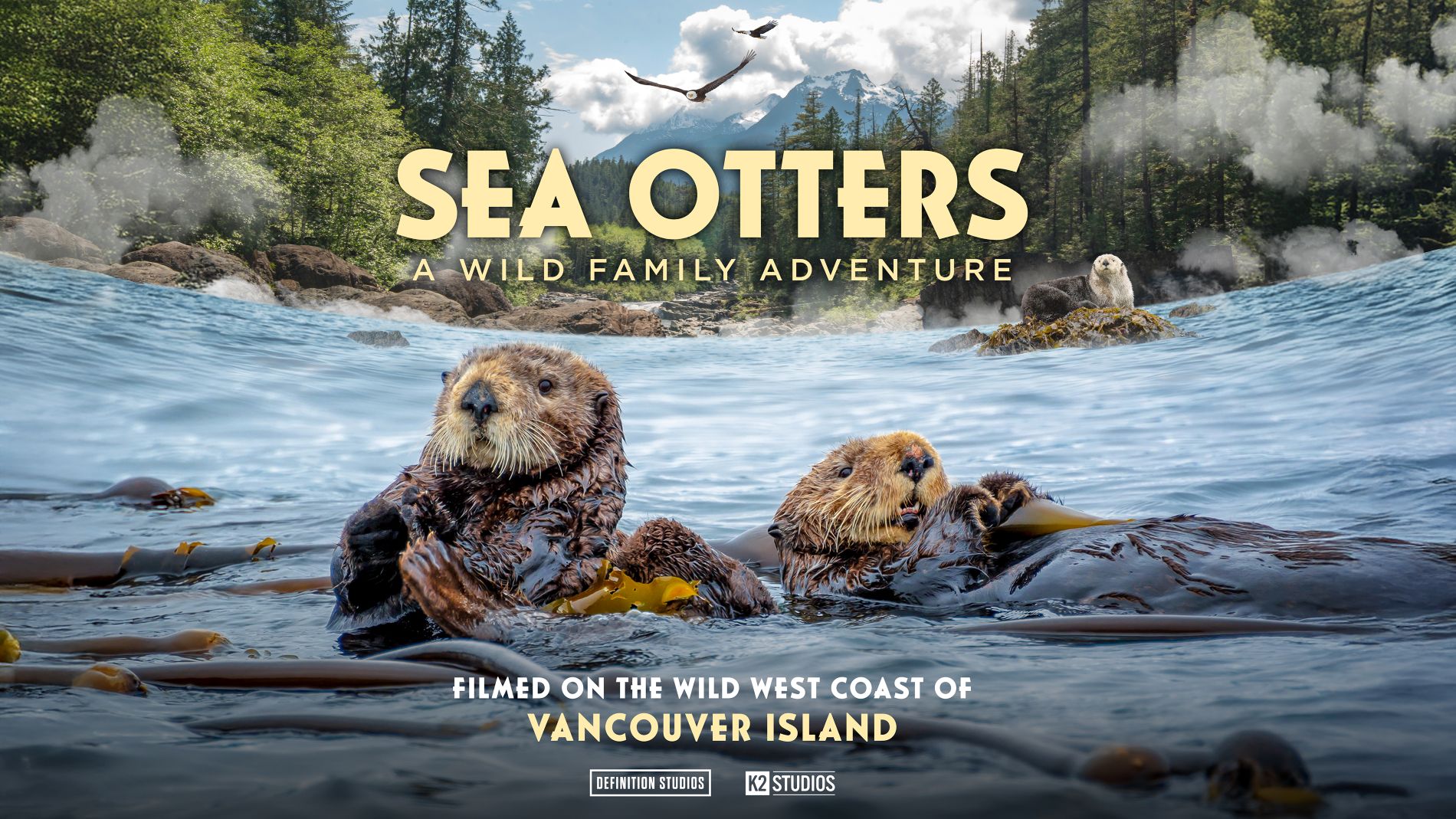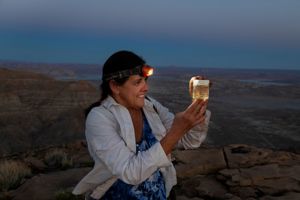CATALYST
DENVER MUSEUM OF NATURE & SCIENCE ONLINE MAGAZINE
6 Things You Otter Know about Otters
Our Latest Giant Screen Infinity Theater Film Has Us Going Wild for These Adorable Marine Mammals

A sea otter floating on their back at the Vancouver Aquarium. (Photo/ S0MEBODY 3LSE via Flickr)
With their fluffy fur, playful personalities and expressive faces, sea otters have stolen the hearts of millions around the world. Now, audiences at the Denver Museum of Nature & Science can experience their charm like never before on the giant screen in "Sea Otters: A Wild Family Adventure" — a heart-warming coming-of-age story that follows an otter pup named Finn as he learns to navigate life along the rugged coast of Vancouver Island.
To celebrate these captivating creatures, here are six things you otter know about otters before watching the film:
They hold hands when they sleep
Sea otters often float together in groups called “rafts,” linking paws so they don’t drift apart while they nap. It’s both adorable and practical — holding hands helps them stay together and safe from ocean currents while they rest in the open sea.

Sleeping sea otters (Enhydra lutris) holding hands, photographed at the Vancouver Aquarium, Canada. (Photo/ Joe Robertson via Wikimedia)
They are known to share rock tools with other otters — and even humans
Otters are one of the few animals known to use tools! They carry prized rocks to crack open clams, mussels and other shellfish, often reusing the same rock for years. Some otters have even been seen sharing their tools with other otters — and occasionally with curious humans. This behavior shows just how intelligent and social these marine mammals really are.
They have secret pockets hidden beneath their forearms
Underneath their furry forearms, otters have built-in pockets of loose skin where they store snacks or their favorite rocks. These clever storage spaces let them carry food and tools while keeping their paws free for swimming. Next time you see an otter rolling around, it might just be digging through its secret stash!
They are keystone species
Sea otters may be small, but their impact on the ocean ecosystem is enormous. By eating sea urchins, they keep the urchin population in check — which allows kelp forests to flourish. Without otters, these vital underwater forests could disappear in what are known as "urchin barrens." Scientists call animals like otters “keystone species” because entire ecosystems depend on them.
They are helping to fight climate change
The benefits of healthy kelp forests go far beyond sea life. Kelp plays an important role in absorbing carbon dioxide from the atmosphere. By keeping sea urchins in balance, otters indirectly help our planet store more carbon — they're not only ridiculously cute but they're also helping to protect the planet!

Sea otter floating among a kelp forest. (Photo/ Adam Baker via Flickr)
Bonus fact: They sometimes “steal” surfboards
Otters are famously curious — and occasionally a little mischievous. In coastal areas like California, a few otters have been caught nipping feet and commandeering surfboards. While this may look cute, experts remind us that giving otters space is important — they’re wild animals and we want to keep them that way!
Explore their world in "Sea Otters: A Wild Family Adventure!"

“Sea Otters: A Wild Family Adventure” takes you on a captivating coming-of-age journey of a sea otter pup, Finn, on the wild west coast of Vancouver Island. (Photo/ K2 Studios)
Now playing on the giant screen in the Infinity Theater, "Sea Otters: A Wild Family Adventure" takes you on a captivating coming-of-age journey of a sea otter pup, Finn, on the wild west coast of Vancouver Island. Under the dedicated care of first-time otter mum Bella, Finn has only eight months to prepare for a life of his own on these rugged coasts. Grab a paw and join the raft for this giant screen adventure. Get your tickets, here!





